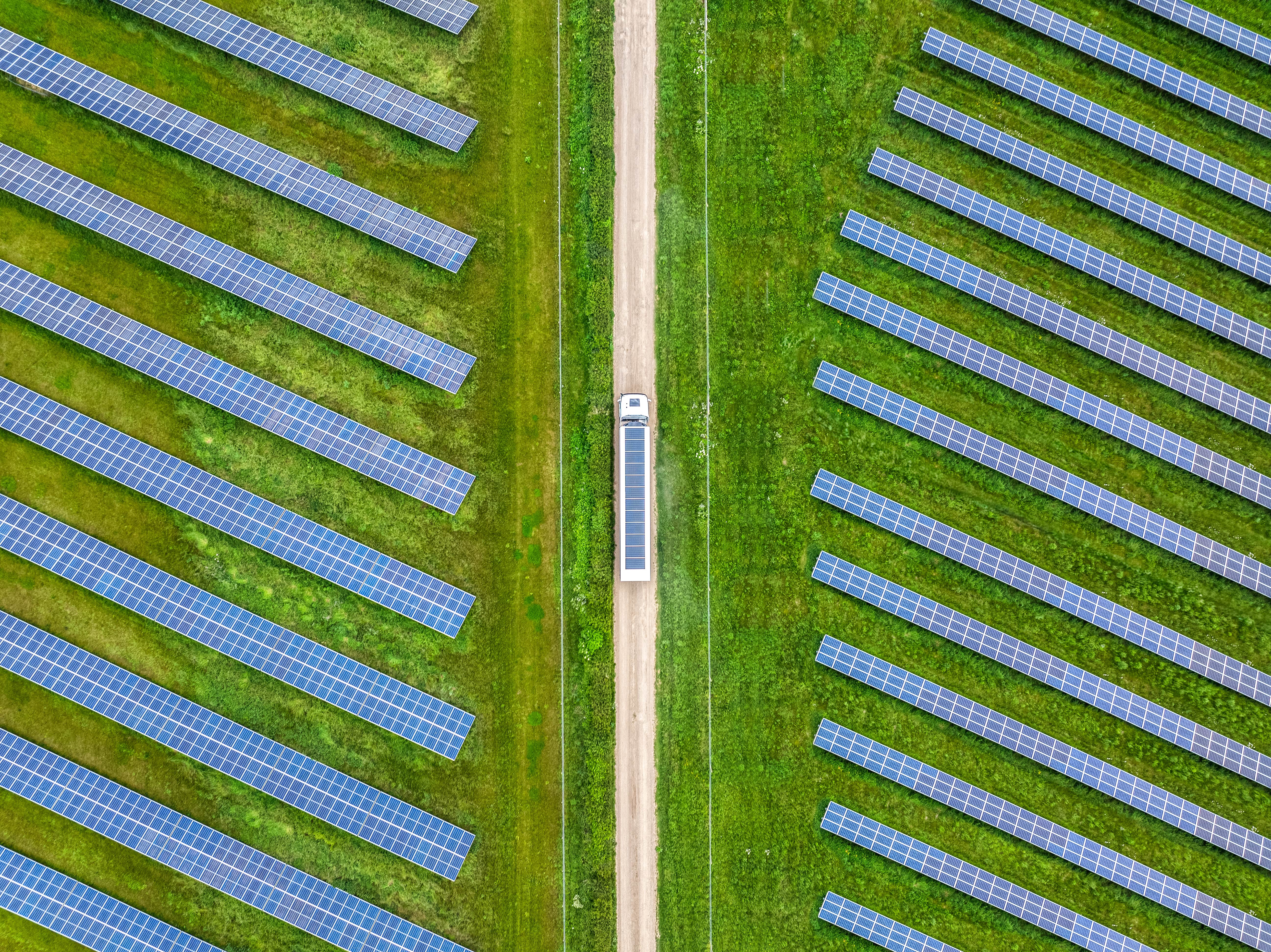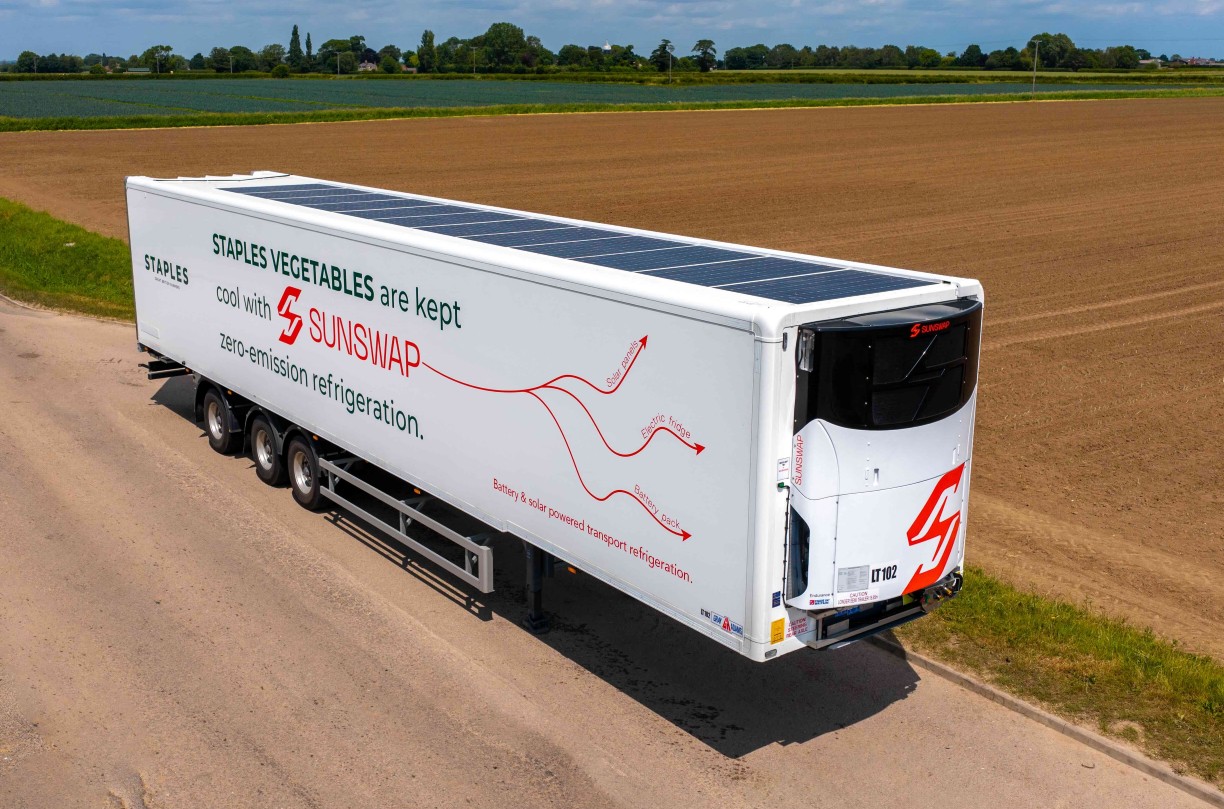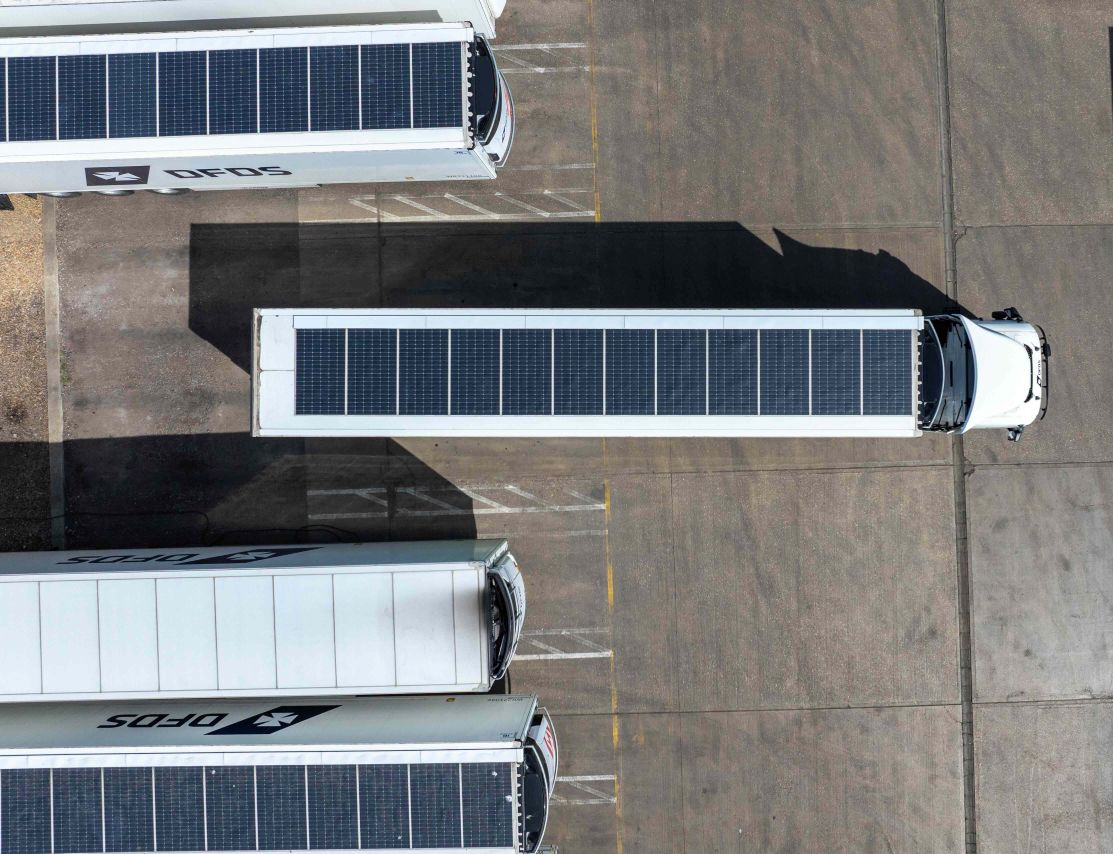Understanding Sustainable Transport

In 1990, a typical diesel truck engine produced roughly sixteen times more of a pollutant called nitrogen oxide emissions than it does today. Yet something peculiar happened along the way: while truck engines got cleaner, the small diesel engines keeping cargo cold in refrigerated trailers stayed largely the same. This oversight reveals a broader truth about sustainable transport - the solutions aren't always where we first look.
The transport sector now accounts for nearly a quarter of global carbon emissions, a figure that has risen steadily since those cleaner truck engines appeared in the 1990s. The reason isn't just about engines or fuel types. It's about the complex web of decisions, technologies, and human behaviours that shape how we move people and goods around the world.
What is sustainable transport
When we talk about sustainable transport, we often focus on the obvious: replacing petrol cars with electric ones or diesel trucks with hydrogen-powered alternatives. But the real transformation runs deeper. It's about rethinking the entire system of movement, from how cities are designed to how supply chains function.
Solutions are emerging in unexpected places. Cities are discovering that well-designed bike lanes can move more people than car lanes. Logistics companies are finding that solar panels on refrigerated trailers can provide most of their cooling power. Transport planners are learning that sometimes the most sustainable solution isn't about moving differently—it's about moving less.
At its core, sustainable transport is any mode of transport with low environmental impact and high energy efficiency, and we can also consider positive social impact.
The critical aspects of this are:
- Environmental sustainability: Minimising emissions and environmental damage
- Economic viability: Ensuring transport solutions are cost-effective and efficient
- Inclusive: Making transport accessible and beneficial to all members of society
- Resilient: Building transport networks that can adapt to future challenges
Environmental Impact
Every morning in cities worldwide, millions of vehicles start their engines. The result? Transport now generates 24% of global CO2 emissions. The scale is clearer. when we focus on the roads beneath our feet - road vehicles produce nearly 75% of all transport CO2 emissions.
The story of transport emissions reveals a troubling trend. Since 1990, transport-related emissions have surged by 71%.The sector's appetite for oil has grown alongside these emissions - transport now consumes over 60% of global oil production. Each year of delay in addressing these challenges makes the mountain steeper to climb.
The benefits of change – economic viability
When cities and businesses shift toward sustainable transport, the effects ripple outward. Transport costs decrease as routes become more efficient. Healthcare budgets benefit from cleaner air. New jobs emerge in transport technologies, from electric vehicles to smart traffic systems. As congestion eases, productivity rises.
These changes strengthen the social fabric. Active transport—walking and cycling—improves public health. Urban air quality gains benefit everyone, particularly children and the elderly. Better transport connections open up opportunities. Streets become spaces where communities naturally gather and grow.
Each step toward sustainable transport moves us closer to this future.
Commercial Transport Innovation
Electric Commercial Vehicles
Range anxiety - the fear that an electric vehicle won't reach its destination - shaped the early days of commercial electric transport. Those concerns have faded as the technology has matured. Modern electric trucks demonstrate capabilities that match or exceed their diesel counterparts while offering substantial environmental and operational benefits.
- Electric trucks now offer ranges exceeding 500km and 600km
- The total cost of ownership becoming competitive with diesel
- A growing variety of vehicle types and sizes
- Expanding fast-charging infrastructure
Sustainable Fleet Management
Fleet managers once measured success purely in miles covered and deliveries made. Today's data-driven approach reveals how sustainability and efficiency naturally align. Small changes in route planning or driver behaviour can yield significant reductions in both costs and emissions.
- Route optimisation reduces unnecessary mileage
- Telematics improve vehicle efficiency
- Driver training reduces fuel consumption
- Preventive maintenance extends vehicle life
Zero-Emission Refrigerated Transport
The cold chain is one of transport's most energy-intensive sectors, making it a critical frontier in the push for sustainability. Traditional refrigerated transport has relied heavily on diesel power, not just for moving vehicles but also for keeping cargo cool. This "double diesel" approach results in disproportionate emissions and impacts on air quality. However, innovative solutions prove that zero-emission refrigerated transport is possible, increasingly practical, and economical.
The cold chain presents unique sustainability challenges and opportunities. Traditional diesel-powered transport refrigeration units (TRUs) contribute significantly to emissions and air pollution:
Traditional vs. Electric Refrigeration:
- Diesel TRUs emit up to 6 times more NOx than Euro VI truck engines
- Electric TRUs eliminate tailpipe direct emissions entirely
- Battery-electric systems offer comparable temperature control to diesel
- Reduced noise pollution benefits urban deliveries
Solar Integration in Transport:
- Solar panels extend the operating range
- Free energy reduces operating costs
- Perfect synergy with refrigeration needs
- Maximum generation during peak cooling demand
Real-World Performance Data from Sunswap
- Up to 86% of energy needs are met by solar in summer
- 24+ hours of frozen operation on a single charge
- 2+ months of chilled operation capability
- Up to 81% lower operating costs than diesel
These innovations demonstrate how sustainable transport solutions can deliver environmental and economic benefits while maintaining or improving operational performance.
These performance metrics highlight a crucial truth about sustainable transport: environmental benefits and operational excellence can go hand in hand. We can create solutions that benefit operators, communities, and the planet by rethinking traditional approaches and embracing innovation. The success of electric refrigerated transport shows how sector-specific challenges can drive broader innovation in sustainable mobility.
Infrastructure and Policy
Charging Networks and Green Energy
The transition to sustainable transport depends heavily on robust charging infrastructure. Countries leading in electric vehicle adoption demonstrate that widespread, reliable charging networks are essential for building public confidence. Fast-charging stations along major routes, workplace charging facilities, and residential charging solutions must work together to create a seamless experience.
The source of charging energy plays a crucial role in maximising environmental benefits. Many charging networks now partner with renewable energy providers to ensure their electricity comes from wind, solar, and other sustainable sources. Intelligent charging systems help balance grid loads and take advantage of peak renewable energy production, creating connections between transport and energy systems.
Urban Planning for Sustainability
Sustainable transport requires cities designed to support it. Modern urban planning approaches prioritise compact, mixed-use developments that reduce travel distances and make walking, cycling, and public transport more practical. The "15-minute city" concept, where daily necessities are accessible within a short walk or bike ride, exemplifies this approach.
These planning principles extend beyond city centres. Transit-oriented development creates vibrant hubs around public transport stations, while cargo bike logistics hubs help reduce inner-city truck traffic. Green corridors connect different parts of cities, providing safe routes for active travel while supporting biodiversity.
Government Initiatives and Targets
Governments worldwide are setting ambitious targets for sustainable transport adoption. The UK's commitment to end new petrol and diesel car sales by 2035 represents just one part of a comprehensive strategy.
Supporting policies include grants for electric vehicles, funding for charging infrastructure, and support for research and development in sustainable transport technologies.
Local authorities are equally important in implementing low-traffic neighbourhoods, expanding cycling infrastructure, and improving public transport services. These initiatives often combine infrastructure improvements with behaviour change programs to help people discover sustainable transport options.
Clean Air Zones and Regulations
Clean Air Zones are powerful tools for accelerating the transition to sustainable transport. These zones restrict or charge the most polluting vehicles and create clear incentives for cleaner alternatives. Early results from cities like London show significant improvements in air quality and increased adoption of zero-emission vehicles.
Regulations continue to evolve, with many cities setting target dates for zero-emission zones that require all vehicles to operate without tailpipe emissions. These policies provide certainty for businesses planning fleet transitions and help drive innovation in sustainable transport solutions.
Making the Transition
Making sustainable transport real
The path to sustainable transport begins with measurement. Fleet managers at major logistics companies increasingly track not just miles driven and fuel consumed but the full carbon impact of their operations. Scope 3 emissions - those from the entire supply chain - often reveal surprising opportunities for improvement.
Several options exist for doing this, including the Science-based target initiative, which encourages Scope 1-3 target setting. By setting clear goals across all emission scopes, organisations create roadmaps for change. The most successful transitions start small: optimising delivery routes, electrifying local deliveries, and gathering data. These early wins build confidence and capabilities for bigger changes ahead.
The financial reality
The old narrative about sustainable transport being too expensive has crumbled under real-world data. Electric vehicles may cost more upfront, but their operational savings tell a different story. Lower fuel costs, reduced maintenance, and longer vehicle life combine to deliver positive returns, often within three to four years.
You can also look beyond pure upfront capital costs. Sustainable transport enhances their reputation, attracts talent, and builds resilience against future regulations. Early adopters gain competitive advantages as customers increasingly value environmental responsibility.
The road ahead
The transition to sustainable transport represents one of our most significant challenges—and opportunities. From individual commuters to global logistics operations, we all have a role in creating cleaner, more efficient transport systems. Today, the technologies and solutions exist to make significant progress toward this goal.
News and Updates
Stay up to date with the latest developments from Sunswap.


.webp)




